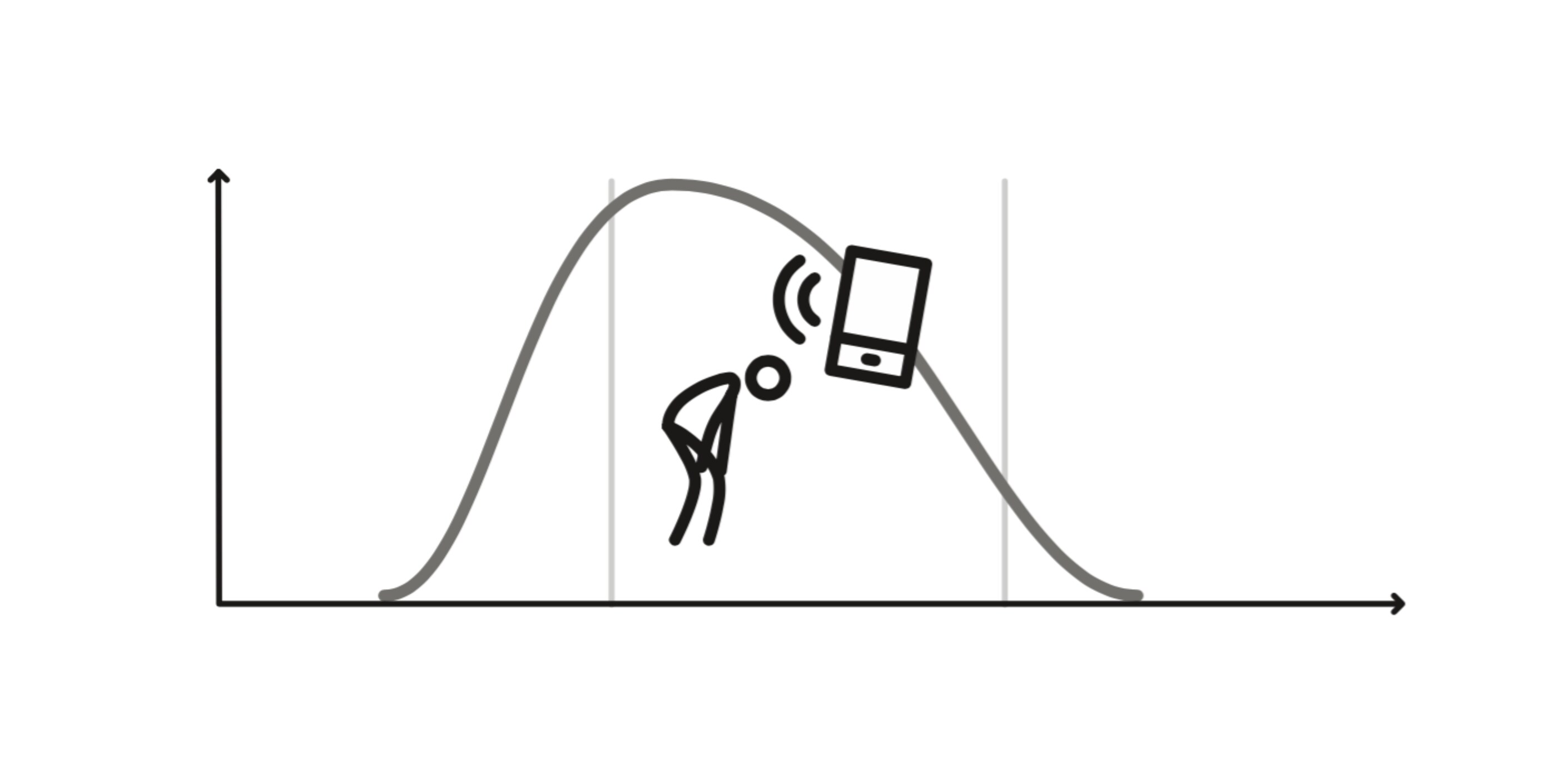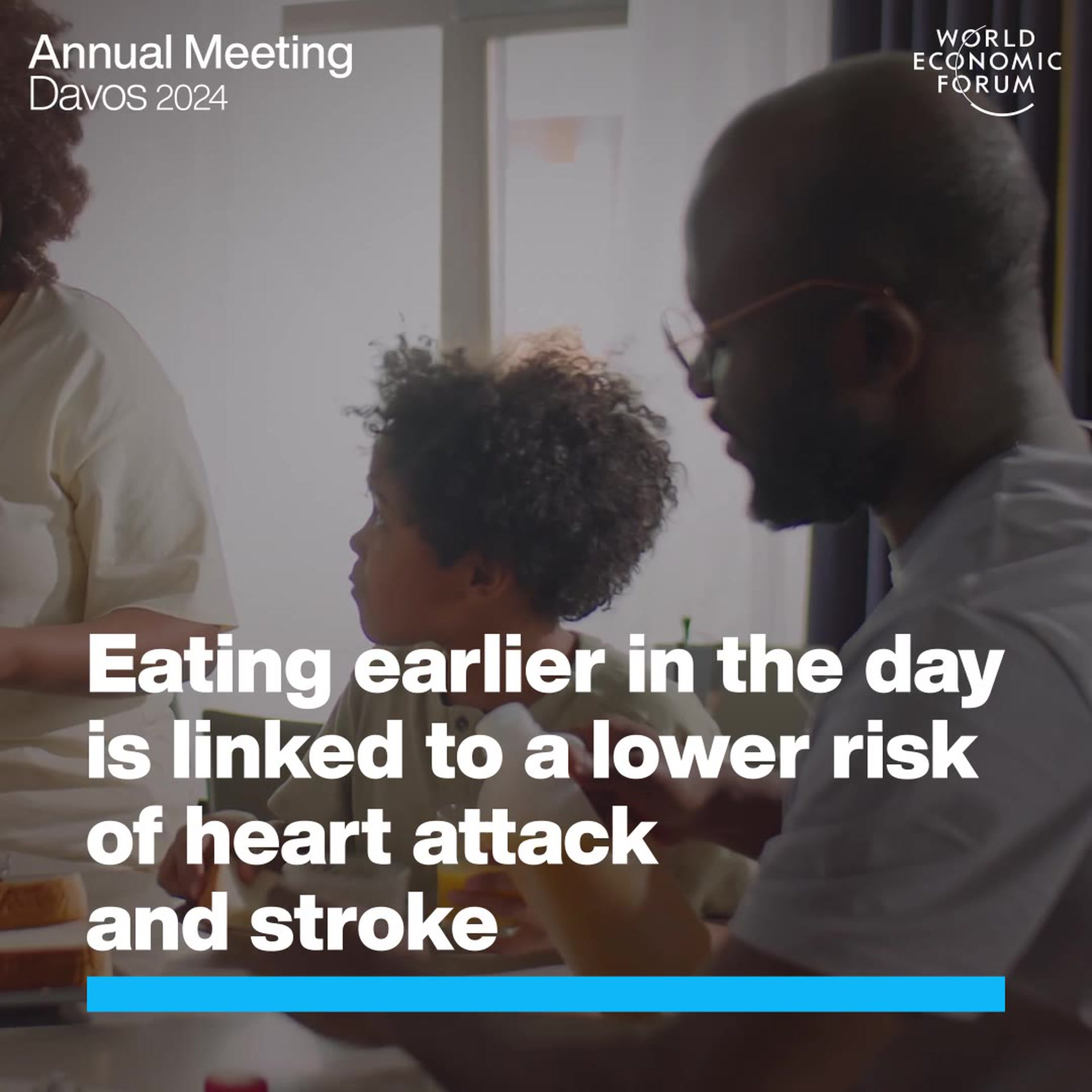A day in the life of Scott, hopelessly distracted office worker

Scott snacks constantly at the buffet of technological distraction

Get involved with our crowdsourced digital platform to deliver impact at scale
Stay up to date:
Behavioural Sciences
Many human jobs are likely to be replaced in whole, or in part. The workplace of the future will place greater demands on our ability to focus, solve complex problems, think critically and generate creative insights. But does the average day of a knowledge worker facilitate this?
Scott works as a middle manager for a large firm. His weekdays follow a similar routine. He gets out of bed at 6:30am. Like 79% of smartphone owners, Scott looked at his device within 15 minutes of waking. He then spends 30 minutes on "household activities" and is among the 42% of people who admit to using e-mail in the bathroom. Scott makes himself breakfast and spends a further 30 minutes scanning his phone and checking e-mail while sipping coffee. On average Scott, like most people, spreads six hours of e-mail use over each day.
08:00am
At 8am, Scott gets in his car and commutes to work, but he is not among the 18% of workers who admit to checking their e-mail whilst driving.
09:00am-12:00pm
The first three hours of Scott’s working day are spent in meetings – the average time for someone in middle management. He switches between checking his smartphone and replying to e-mails, while pretending to write notes on his laptop (92% of workers admit to multi-tasking during meetings). Scott goes for a short walk at lunch. He is disciplined and doesn’t check his smartphone during this time.
12:30pm-05:30pm
Scott’s afternoon is spent interweaving tasks, mainly phone calls, e-mails, instant messages and social media (Scott is amongst the 40% of workers who admit to using the internet and social media during the workday). Mixed into this digital concoction are the other distractions of the open office: gossip, snack breaks and noisy co-workers.
05:30pm-10:00pm
Scott leaves the office at 5:30pm and drives home. He does a few jobs around the house, has an evening meal then enjoys three hours of leisure time. As 70% of people do, he checks his e-mail while watching TV, spending most of his "down-time" switching constantly between screens: the TV, smartphone and tablet computer.
After checking his phone for the final time (he has already checked it 149 times today), he tries to fall asleep, but the blue light from his late-night screen time has suppressed his melatonin production by 22%, so it takes him longer than it should. He finally falls asleep, exhausted.

Consider Scott’s day and answer the questions below.
1) Time pressure: How much of the available time was he focused on an activity?
2) Switches: How often did he switch from one process to the other?
3) Complexity: How complex, or routine, were the tasks that Scott was engaged in?
We can use these three questions to give us a sense of the overall cognitive load for a given time-period. You can think about this cumulative load in the context of three ranges, which represent three ‘cognitive gears.’

These three gears provide us with a useful heuristic device. We can use them as a quick and simple way to plan and reflect on the allocation of cognitive resources, and distributing cognitive work through the day.

Like most of the knowledge workers we speak to, Scott spent the majority of his day stuck in cognitive middle-gear, in a state of constant partial attention. Very little time was spent in low gear, and a fraction was invested in focused and intense high gear. Can you relate to this? What are the consequences of this way of working?
Many of us spend our days continuously interweaving tasks, taking small bites from the technological buffet as we move among our inbox, social-media feed, internal messaging systems and smartphone.
Our workplace environments can make us feel productive and efficient. We get a lot of things done. But are we making our lives more difficult than they need to be? Is our rest and recovery being compromised? Are we on the right track to maximise our impact and the unique value we can bring, or are we driving fast but getting nowhere?
Our e-mail and communication habits represent a microcosm of our knowledge work environment. Habitual checking on missed calls and messages can become an addictive behaviour pattern, increasing stress and disturbing sleep. Even if our behaviour is not addictive, spending our days in a persistent state of moderate cognitive exertion, from morning until night, has a physiological and psychological impact.
In contrast, simply quarantining e-mail within shorter periods, rather than interweaving it throughout the day, is associated with a number of benefits. A recent study found that checking e-mail three times per day, as opposed to as often as we can, is associated with less stress and improved physical and psychological wellbeing.
Our technology can be powerful and effective, but it is a double-edged sword. We need to learn to wield it carefully, with great skill, as part of a mindful consideration of our working patterns, which many of us have not been doing.
The same knowledge workers who need to nurture their capacity to focus, solve complex problems and be creative are the most at risk of the fractured attention that destroys the pathway to value generation and fulfillment.
In contrast, if our attention is applied optimally, it helps us focus on what’s most important and ignore what’s not. Many of us would benefit from creating more distinct periods of focused attention, followed by effective rest and time for reflection. This "polarised" approach "rescues" time, thanks to reduced task-switching, reduces stress and facilitates better progress on tasks with strategic and long-term significance. In addition, we can enjoy more creative down-time, and better recovery.

In practice, a ‘polarised’ day could look something like this:
Low Gear: Relaxation and recovery (low complexity, low switching)
Protect this time by avoiding distractions (switching) and pseudo-work (social media, etc.) It’s possible to enter "low gear" in brief periods through the day, but this should also take place over longer periods, usually during the evening.
Medium Gear: Routine and quick tasks (medium complexity, higher switching)
Some switching is inevitable. You are likely to be able to complete the medium-gear tasks, such reading and replying most e-mails, quite quickly as the work is not too complex. Complex issues should be avoided during "middle gear" switching periods, as it’s much easier to make mistakes. Schedule separate time for the complex issues you discover while working in this gear.
High Gear: Focussed and demanding tasks (high complexity, low switching)
Reserve longer periods for deep focus, to allocate cognitive resources to the complexity of the task, rather than wasting it on switching or as a result of time pressure. Switching tasks should be avoided to maintain focus and reduce unnecessary cognitive load.
We could all benefit from considering how we are distributing our cognitive load. In particular, what we are paying attention to and where we are investing our energy and time. If we learn from our findings, the effect on our wellbeing and performance could be exponential.
Don't miss any update on this topic
Create a free account and access your personalized content collection with our latest publications and analyses.
License and Republishing
World Economic Forum articles may be republished in accordance with the Creative Commons Attribution-NonCommercial-NoDerivatives 4.0 International Public License, and in accordance with our Terms of Use.
The views expressed in this article are those of the author alone and not the World Economic Forum.
Related topics:
The Agenda Weekly
A weekly update of the most important issues driving the global agenda
You can unsubscribe at any time using the link in our emails. For more details, review our privacy policy.
More on Behavioural SciencesSee all
Peter Dizikes
November 27, 2023
Aaron De Smet and Patrick Simon
September 25, 2023
Kate Whiting and Kateryna Gordiychuk
September 6, 2023






